A common requirement in transformer installation is to ensure the correct winding connections for a Delta-Star transformer Start with the star side since we already know that the "s2" terminals are all connected as the common star point. 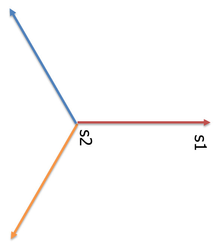
Assume A ph-n is at 0 degrees which we will show as horizontal to the right We therefore have 3 star voltages 120 degree apart We know that there is a winding associated with each phase. Each of the phase star windings is located on one of the limbs of the transformer core (red windings below) - that same limb has another winding (blue windings) which we wish to connect in Delta. The question is what end of each of the delta windings is connected to which other windings of the delta and which end? 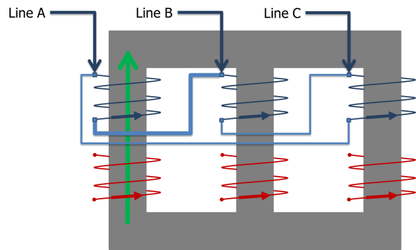
or are the windings connected this way: 
We can see from the diagram that the flux through each limb passes through both windings, .... therefore the voltage on the two windings on each limb must be in phase. Clearly the star winding has the phase-to-neutral voltage appearing across s1 to s2.
That flux must therefore create a corresponding voltage in the delta windings - noting that delta windings have the phase-to-phase voltage appearing across the winding. Therefore the polarity of the voltage on the corresponding winding P1 to P2 must be in phase with the voltage appearing on s1 to s2 So starting with the "a" phase red star phasor, we get a delta winding vector relationship P1 to P2 "A" delta winding in phase with the "a" phase star winding. 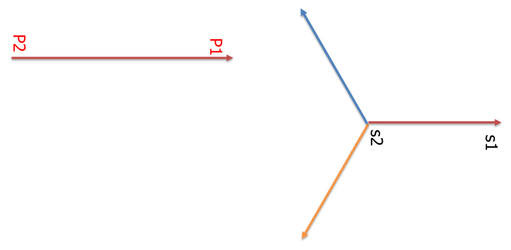
Similarly we can draw the rest of the delta winding voltage vectors.
Delta "B" yellow is in phase with the star "b" yellow.
Delta "C" blue is in phase with the star "c" blue. 
We can now see we have a connection diagram of which P1 connects to which P2 giving us this arrangement: The red delta "A" P1 is connected to te yellow "B" P2
The yellow delta "B" P1 is connected to the blue "C" P2
The blue delta "C" P1 is connected to the red "A" P2 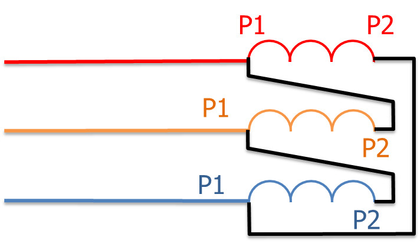
The final question is whether this is Dyn1 or Dyn11? Although there is no actual neutral point in the delta winding, we can imagine a neutral point at the centre of the delta vectors. We can therefore imagine a red winding phase-to-neutral vector as shown here with its "top end" meeting up with the "top end" of the red phase vector : 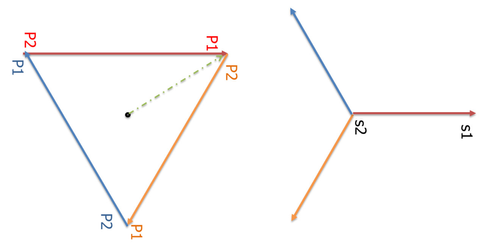
So we can now see the phase relationship between the imaginary delta winding phase-to-neutral voltage with the actual phase-to-neutral voltage of the star winding. It is clear the star winding is rotated clockwise by 30 degrees with respect to the delta. So on a clock face, 30 degrees in a clockwise direction from the 12 o'clock position would be 1 o'clock Therefore this arrangement is Dyn1.
However we could equally have drawn the voltage vectors as this star arrangement but a different selection of the delta winding interconnections 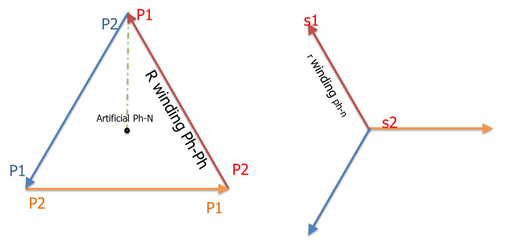
We can now see that the star winding actual phase-to-neutral voltage is 30 degrees anticlockwise to the imaginary delta winding phase-to-neutral voltage. This is therefore a Dyn11 connection: 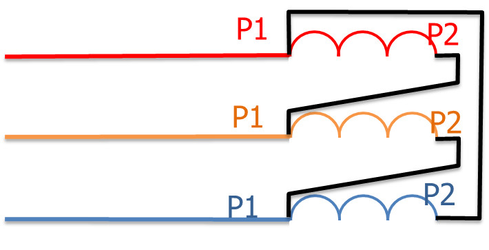
|